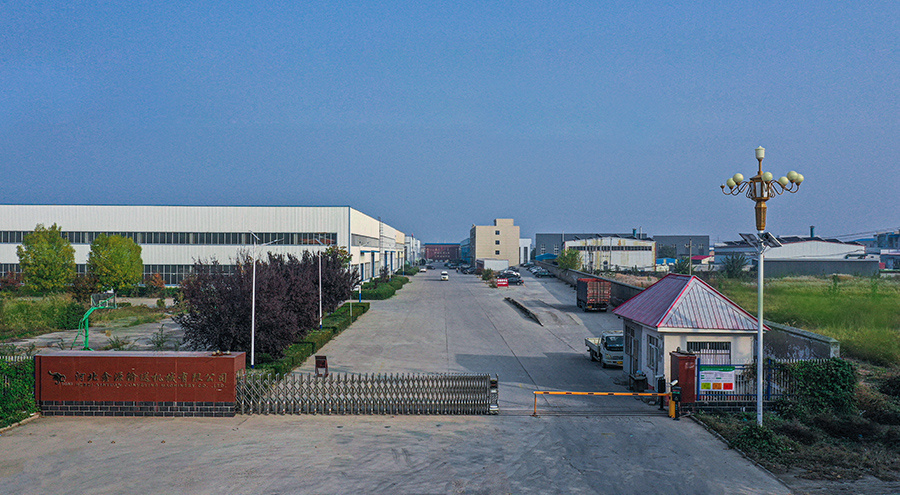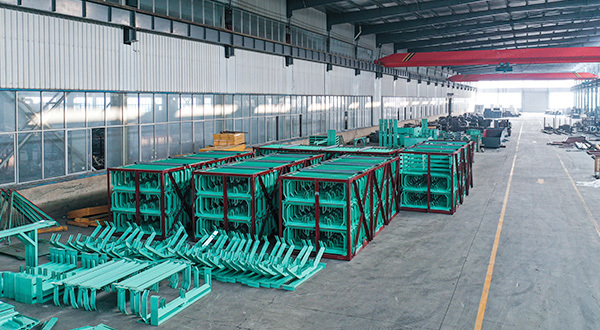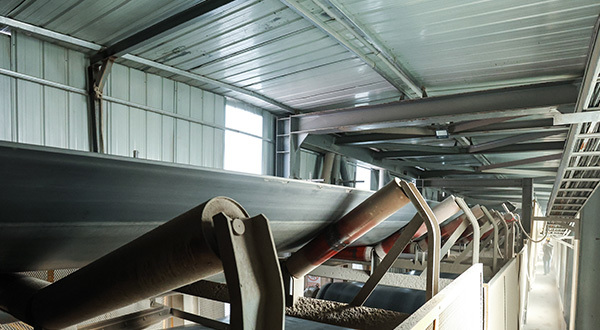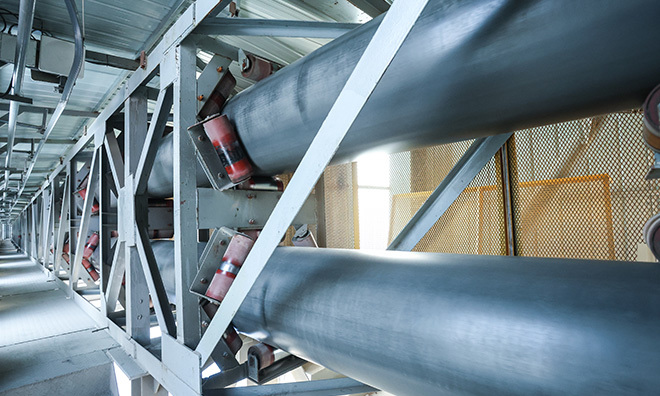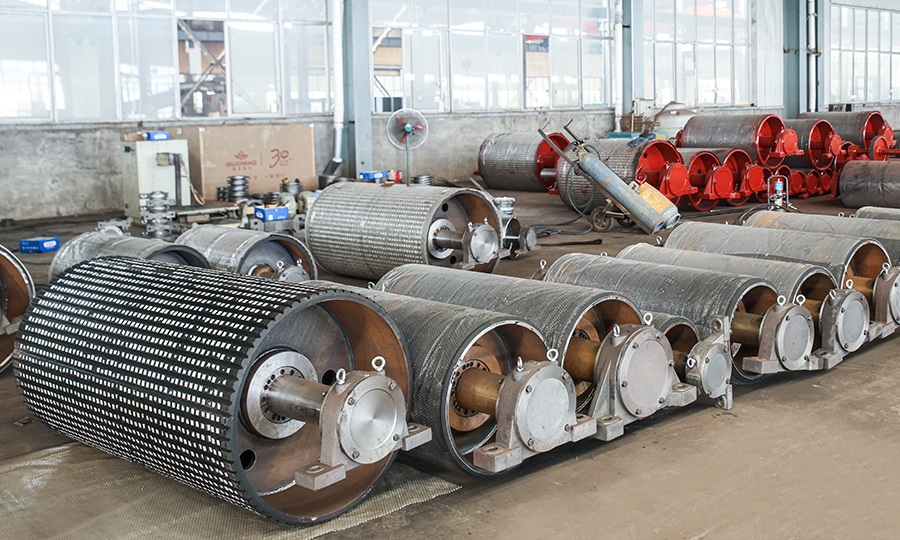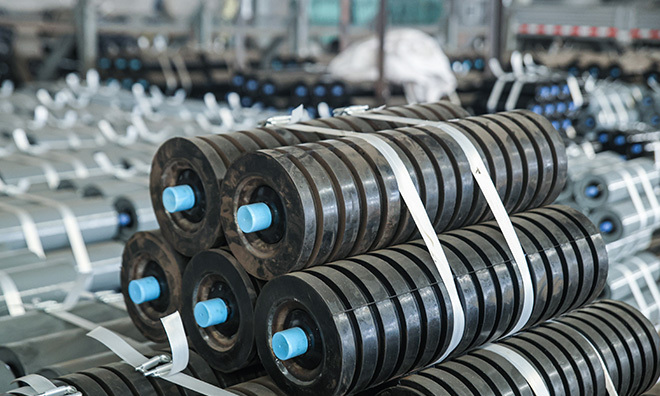Four Failure Forms and Causes of Rubber Roller Wear
2024-12-05
Rubber idlers play an important role in industrial applications such as transportation and transportation. However, due to the combined effect of many factors, rubber rollers often wear, resulting in performance failure. The following are four common forms of failure and their causes:
1. uniform wear
Uniform wear is the most common form of failure of rubber idlers. The main reason is that the roller is in contact with the material for a long time and is subjected to the friction and extrusion of the material. In addition, changes in temperature and humidity in the working environment may also accelerate the aging of the rubber, resulting in uniform wear.
Local wear of 2.
Local wear usually occurs in specific parts of the roller, such as contact with the bracket or impact by the material. The main reason for this form of failure is that the roller design is unreasonable or improper installation, resulting in excessive stress in some parts. In addition, uneven distribution of material may also exacerbate local wear.
3. spalling and cracking
The peeling and cracking are caused by the repeated stress of the rubber roller, which leads to the fatigue of the material. Long time work, temperature changes and chemical corrosion and other factors may accelerate the fatigue process of rubber. In addition, defects in the manufacturing process, such as bubbles, inclusions, etc., may also cause flaking and cracking.
4. deformation
Deformation is another common failure form of rubber idlers. The main reason is that the roller is subjected to excessive load or overload operation for a long time, resulting in plastic deformation of the material. In addition, temperature changes and chemical corrosion may also affect the properties of the rubber, causing it to deform.
In order to prolong the service life of the rubber roller, it is necessary to take a series of measures. First of all, the reasonable design of the roller structure to ensure that it adapts to the working environment and bears the load. Secondly, select high-quality rubber materials to improve their wear resistance and aging resistance. In addition, the correct installation and use of rollers to avoid overload operation and material impact. Finally, check and maintain the rollers regularly to find and deal with potential problems in time.
In short, understanding the four common failure forms and their causes of rubber idlers will help to take effective preventive measures and maintenance strategies to ensure the safe operation of idlers and extend their service life.
Key words:
Conveyor
Related News
Development of Conveyor at Home and Abroad
2024-05-22
Belt conveyor drive and reducer failure
2024-05-22
Use and Maintenance Management of Roller Conveyor
2024-05-22


